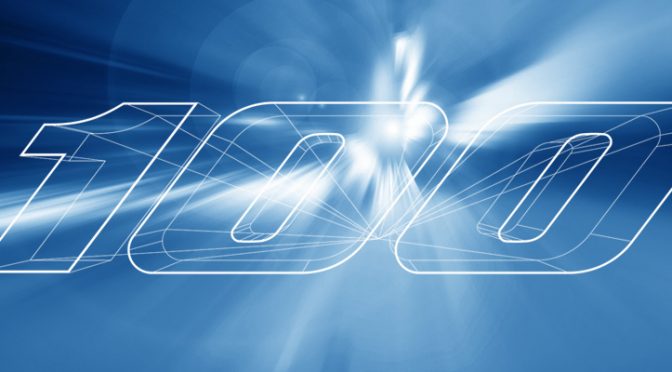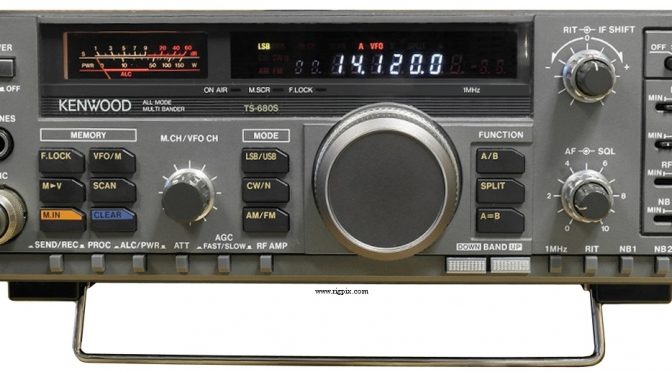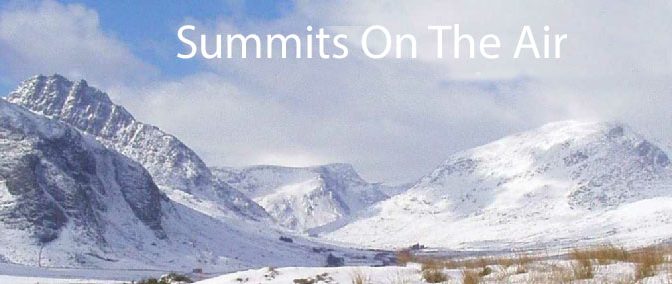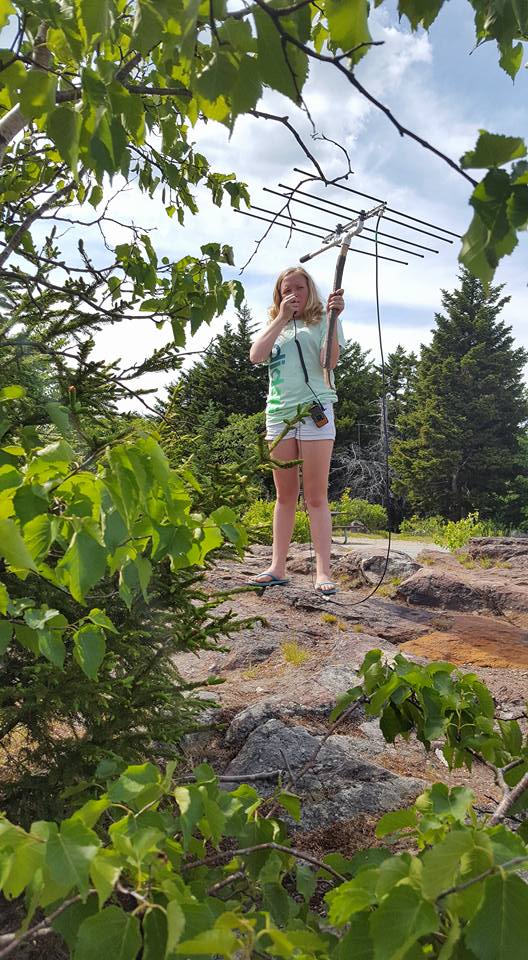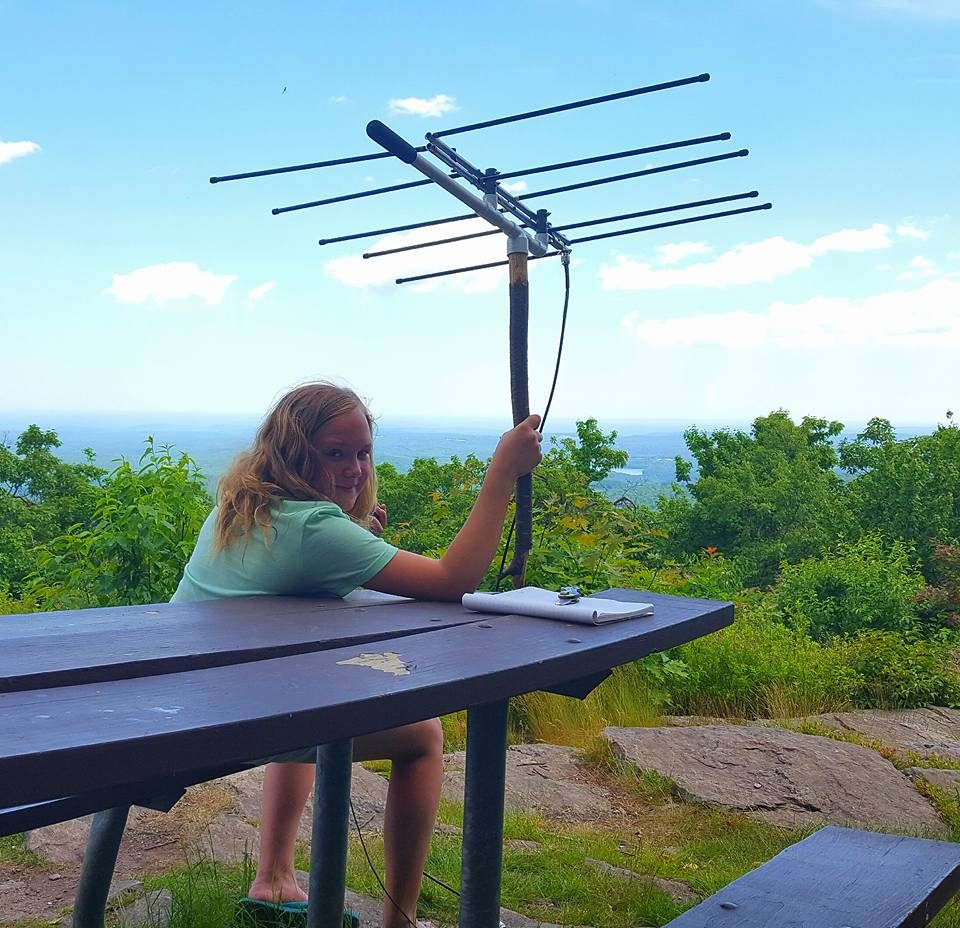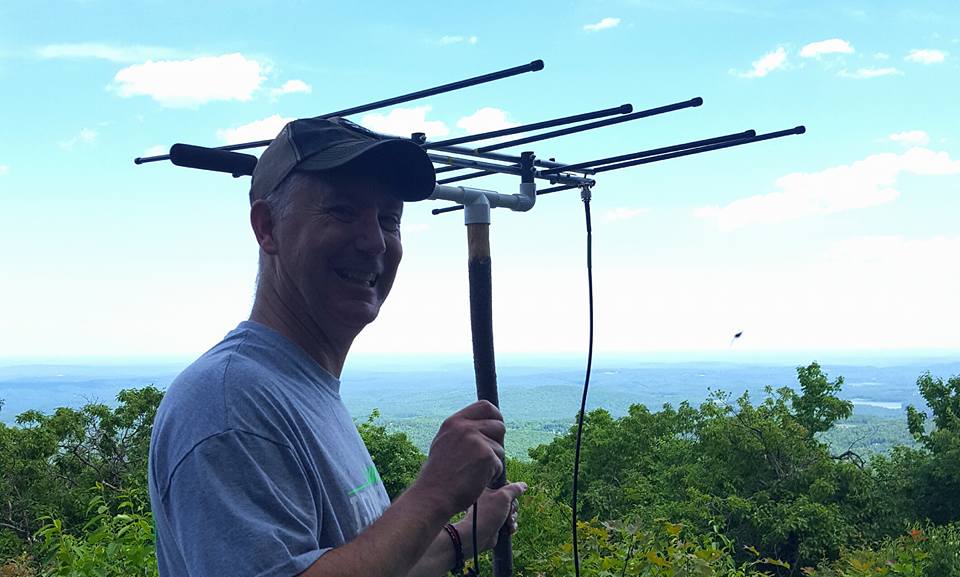I discovered the IARU Contest about 5 years ago when I took my IC-756 to see what I could do operating from the summer place in western Massachusetts. The property sits at 1397′ a.s.l. and I have plenty of room to install a G5RV. Unfortunately, the place is nestled in a valley with two higher mountains on both sides. However, I was hitting Central and South America way better than and one ear piece covers my main QTH in Merrimack NH at 330′ a.s.l.
After Field Day and 4th of July with the visiting grandkids, the XYL and I were striking out on a trip to the summer place in the Berkshires in Becket, MA for a few days. My wife planned on attending the HOA annual meeting (No CC&R’s, here) and I planned on operating in the IARU Contest. So, with our van packed with our “stuff” and our two dogs, we departed. We got to Westford and I remembered that I had not packed my box of accessories and miscellaneous gear; back to the house to retrieve. After arriving at the pond, I did my major repair of installing a new exhaust fan for the composting toilet and started ro set up my portable QTH.
This year, I took my Kenwood TS-680, a Z11ProII tuner, power supply and laptop for this one. AND then…
- discovered I had left the power supply AC cord home, a trip to Radio Shack in nearby Lennox solved that problem;
- discovered that our 6-month old puppy, Paisley, had decided to chew on my Heil Duo headset. She trashed the mic and one ear piece cover while she enjoyed the pad covers. That was solved by using the hand mike that permanently resides in the travel case, after a mic problem 4 years ago. It turned out that the head set earphones still worked! Good thing. Ear buds would have made contacts even more of a challenge with the QRN and pileups.
- discovered that I could hear other stations fine, but nobody came back to my calls. Call to Jack, WB4MDC, and friends on Friday morning on their thrice weekly chat on 80M that confirmed that I was getting out, but still didn’t seem right. I had added a homebrew battery pack to the tuner so I would not have to remember :>) a wall wart. I went into town and discovered a sale on AA batteries at the TrueValue and that seemed to take care of the rest of the problem.
- finally remembered that you had to change your technique when using a hand mic. Moving closer to the mike made the difference there.
So, after roundly cursing my inept preparation and several balancing instances of the “gods smiling,” I was on the air at 100W. And, the noise level on 20M and 40M was awful and there was almost nothing from Europe. I started getting contacts in the Caribbean and 4’s, 5’s and 6’s. I worked 20M exclusively for about 4 of the 6 hours I was on the air. Then, things started to lengthen into South America, Europe and two 40 over contacts from Hawaii on 20M. Almost all the operators who were running were very patient with the low power stations through the noise. I worked 2 Q’s on 15M, and did a bunch on 40. By now 2330Z most of the heavy QRN has subsided. Did Poland, Denmark, Germany, Russia and other central European countries, when I hit my “new one,” Namibia!! I made three tries over the next 30 minutes to make contact. On the third try, the pile up had subsided and Gunter (V51WH) patiently completed the QSO. I also got a contact from ZA0HQ which would be Albania. However, this may be a busted one as it indicated it was DARC because I had a DA0HQ on 40M.
All in all, a fun day. 111 Q’s, a little over 9800 claimed points, 31 countries, and 15 states. Wonder how far down the list I’ll be in QST?
The resurrection of the checklist has begun!
73
Tom
AB1NS

